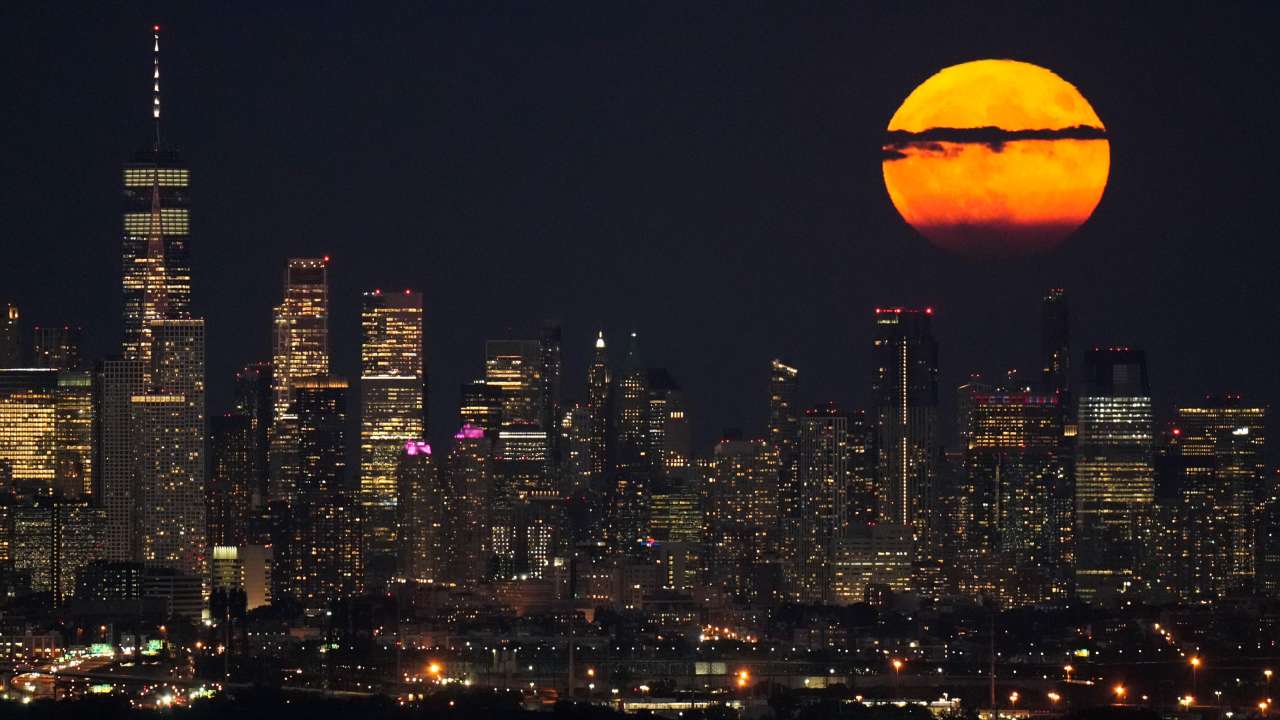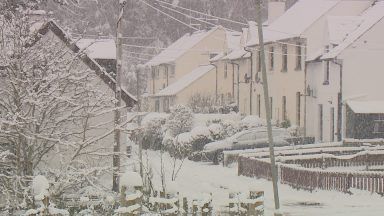Skygazers around the world managed to catch a glimpse of a brighter and larger moon on Tuesday night, and even more unusually it was just the first of two opportunities to witness a supermoon this month.
August’s full moon is known as the Sturgeon Moon, stemming from the increase in sturgeon fish in North American lakes at this time of year.
During Tuesday night the moon was at its closest point to Earth due to its elliptical orbit.
Don Pollacco, professor of physics at the University of Warwick, said: “Supermoons occur when the moon is closest to the Earth.
“Consequently, the moon can look bigger (10-15%) and brighter (25-30%).
“One thing to note, though, is that when the full moon is rising it can look bigger than normal.
“This is partly due to the Earth’s atmosphere and also an optical illusion, such as seeing the moon next to trees.”
A second supermoon will rise later this month, on August 30.
Prof Pollacco said: “The moon’s orbital period around the Earth is 29.5 days (so) two full moons are possible in a normal month.

“The second one is called a Blue Moon and gives rise to the expression we use to express rarity in events.”
Tuesday’s supermoon was due to the moon only being 222,159 miles from Earth, the one at the end of August will be slightly closer at 222,043 miles.
The last time two full supermoons graced the sky in the same month was in 2018.
What is a Supermoon?
A Supermoon is when the moon appears a little bit bigger and brighter in the sky.
As the moon goes around the Earth, there are points in its orbit in its Full Moon phase where it is slightly closer to Earth, known as its ‘perigee’: around 360,000 km away and 22,000 km closer.
It means it looks a little larger and more vivid to the naked eye.

When the moon viewed near the horizon looks larger than usual, your brain is playing a trick on you – it’s called the moon illusion.
This year’s first supermoon was in July. The fourth and last will be in September. The two in August will be closer than either of those.
Provided skies are clear, binoculars or backyard telescopes can enhance the experience, Espenak said, revealing such features as lunar maria – the dark plains formed by ancient volcanic lava flows – and rays emanating from lunar craters.
According to the Old Farmer’s Almanac, the August full moon is traditionally known as the sturgeon moon. That’s because of the abundance of that fish in the Great Lakes in August, hundreds of years ago.
Follow STV News on WhatsApp
Scan the QR code on your mobile device for all the latest news from around the country




























